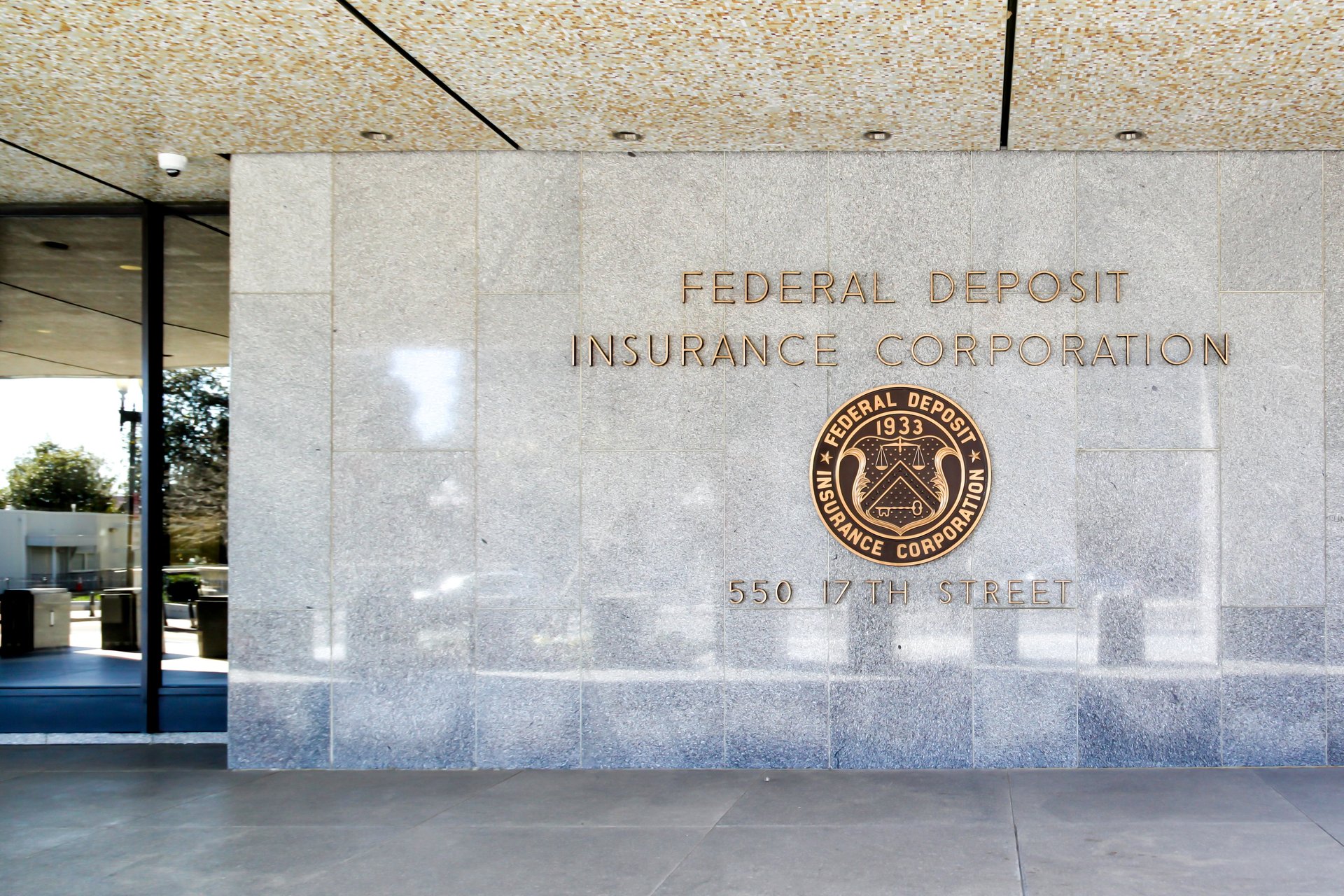JPMorgan, Citigroup, Bank of America, and Goldman Sachs have weaknesses in their bankruptcy plans
The FDIC and Federal Reserve disclosed their reviews of the banks' resolution plans

Federal regulators found fault in the unwinding plans of several of the largest U.S. banks.
Suggested Reading
The Federal Deposit Insurance Commission (FDIC) and Federal Reserve Board discovered weaknesses in living wills at Bank of America, Citigroup, Goldman Sachs, and JPMorgan Chase, the agencies disclosed Friday. Living wills, also known as resolution plans, are a bank’s plan for winding down in the event of financial distress or failure.
Related Content
Regulators found a weakness, known as a “shortcoming,” in each of the four banks’ plans to unwind their sprawling derivatives portfolios, raising questions about the feasibility of their living will plans that were submitted in 2023.
When provided with different inputs and scenarios, the banks’ plans for unwinding their derivatives, which are contracts linked with underlying assets, like stocks or interest rates, hit a snag in a number of areas. At Goldman, for example, regulators found a shortcoming related to its ability to segment its derivatives portfolio to account for trade-level characteristics, including the complexity and granularity to accurately measure exit timing, exit costs, and the difficulty of unwinding the portfolio. While at JPMorgan, weaknesses were found in the refresh of and approach to compiling financial results.
The FDIC and Federal Reserve only disagreed in one case. The FDIC found that Citi’s plan has a more severe weakness, known as a “deficiency,” meaning that the agency believes the plan is not credible or would not result in orderly resolution under the U.S. Bankruptcy Code.
In Citi’s case, a capabilities test found that the firm was unable to incorporate updated stress scenarios and assumptions, and found ongoing weaknesses related to data reliability and the firm’s compensating controls. These resulted in “materially inaccurate” calculations of the capital and liquidity needed to carry out the plan. Despite the disagreement between the two agencies, the weakness was classified as a less severe “shortcoming” under the resolution planning rule.
Citi’s 2021 plan also had a shortcoming related to data quality and data management, which remains outstanding, the agencies said.
“We are fully committed to addressing the issues identified by our regulators,” a Citi spokesperson said. “While we’ve made substantial progress on our transformation, we’ve acknowledged that we have had to accelerate our work in certain areas, including improving data quality and regulatory processes such as resolution planning.”
Citi said it continues to have confidence that it could wind down “without an adverse systemic impact or the need for taxpayer funds.”
The banks have until July 1, 2025 to address their respective shortcoming and submit their next resolution plans. The agencies did not find any weaknesses in plans from Bank of New York Mellon, Morgan Stanley, State Street, or Wells Fargo.
Large banks are required to submit resolution plans that detail their strategy for “rapid and orderly resolution” in case of distress or failure every other year, in the aftermath of the 2008 financial crisis, when 25 banks failed, including the largest bank failure in U.S. history with Washington Mutual.